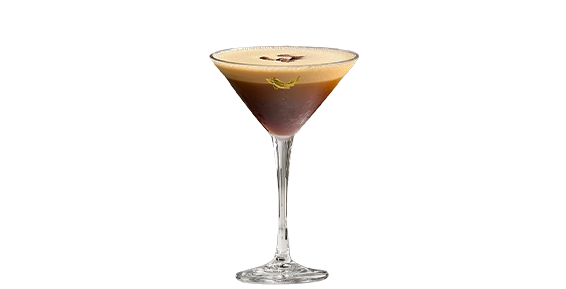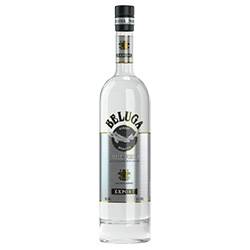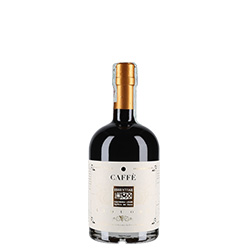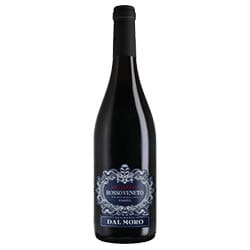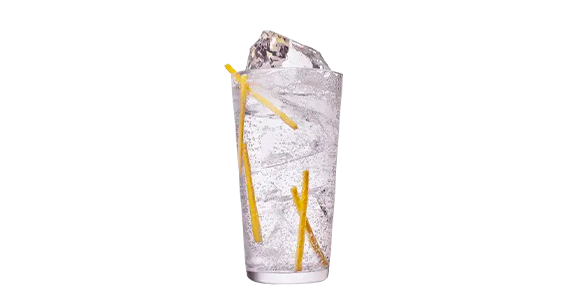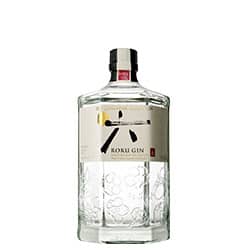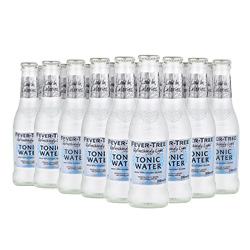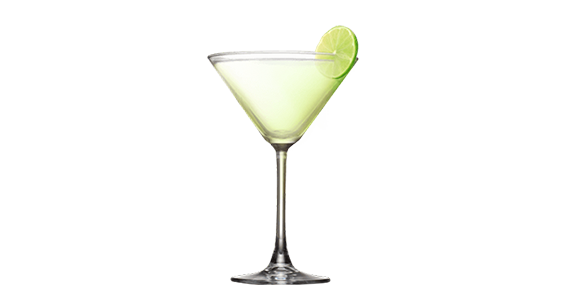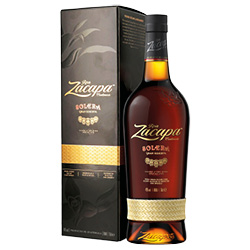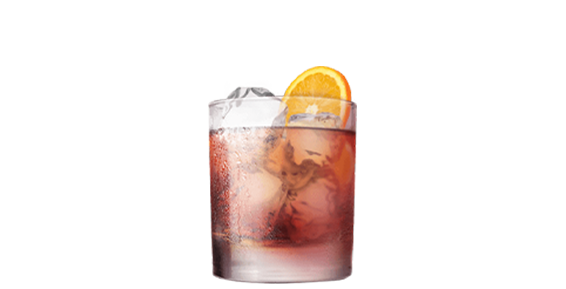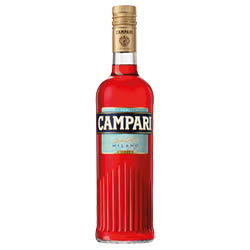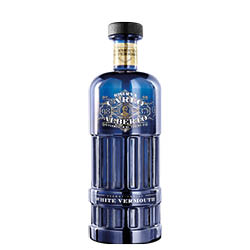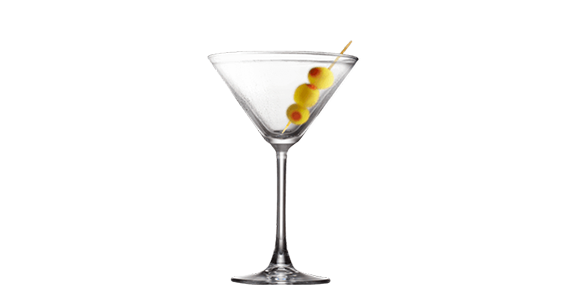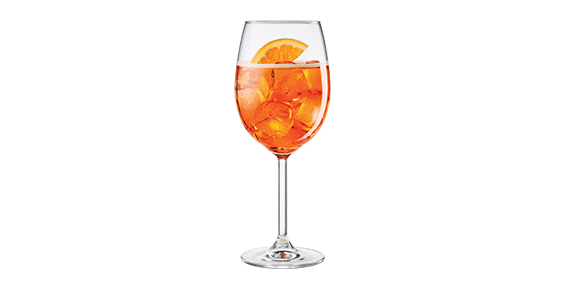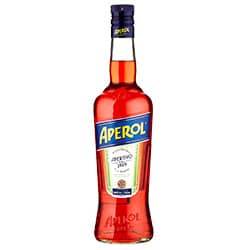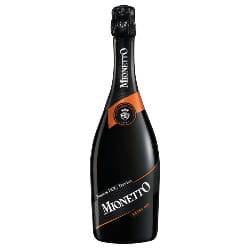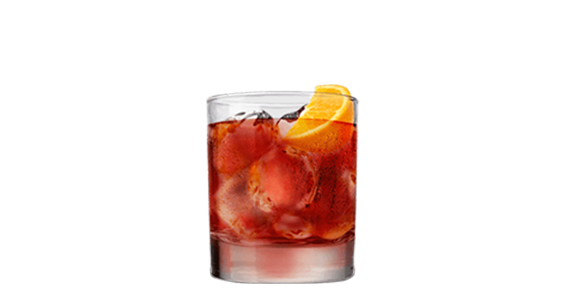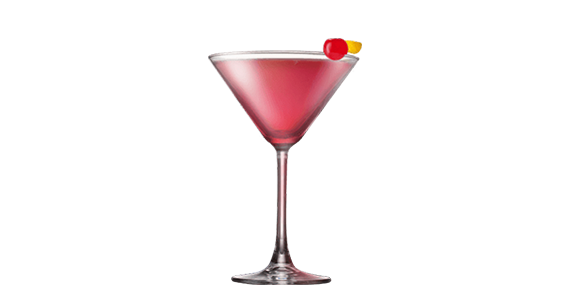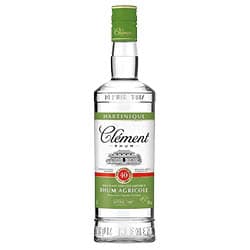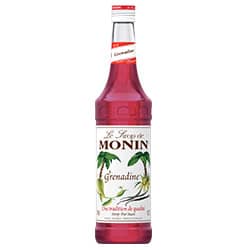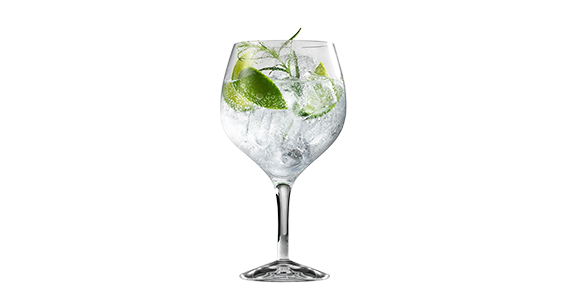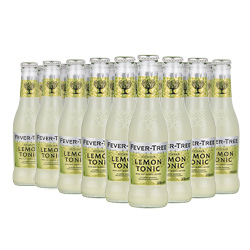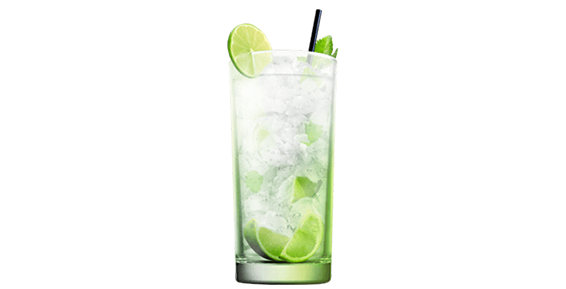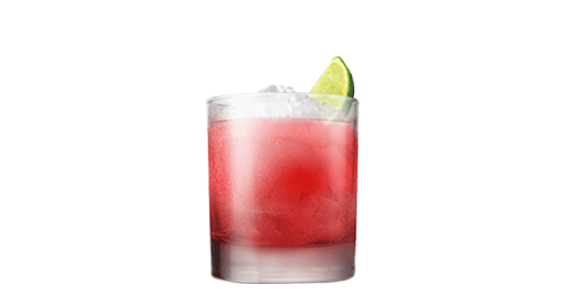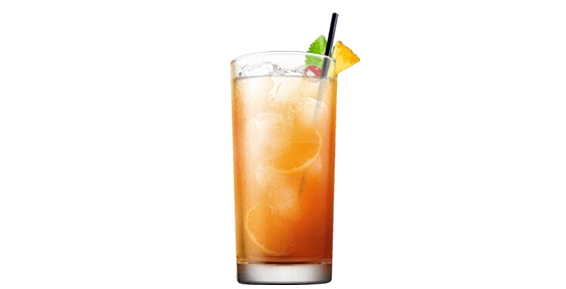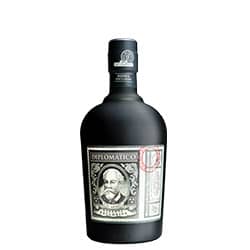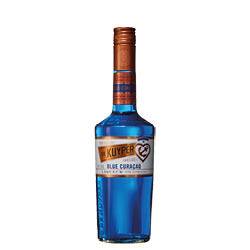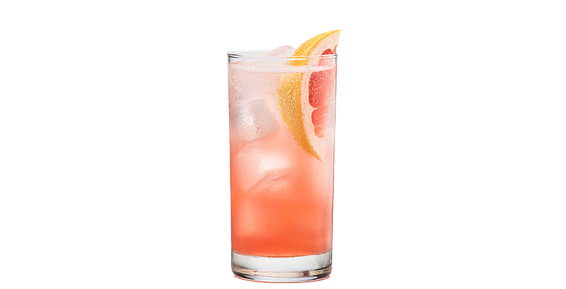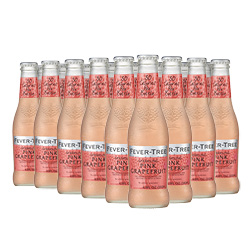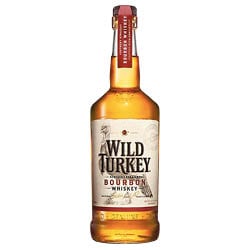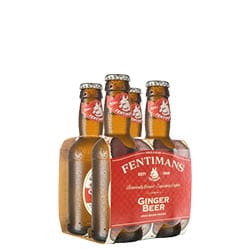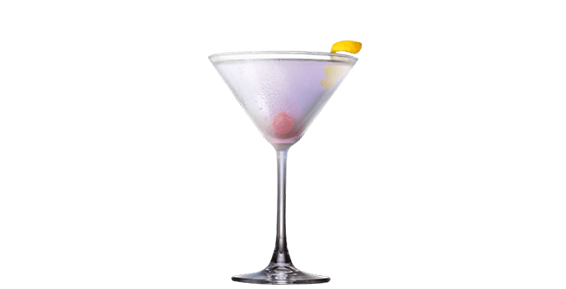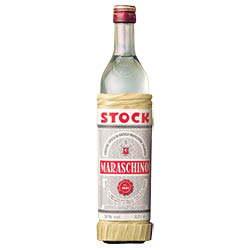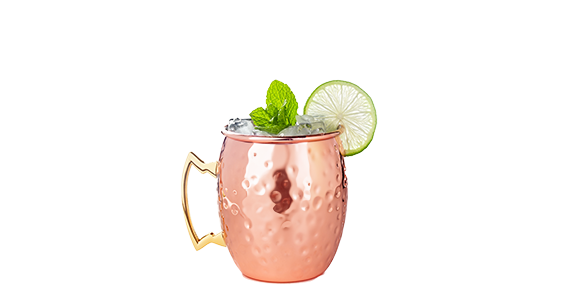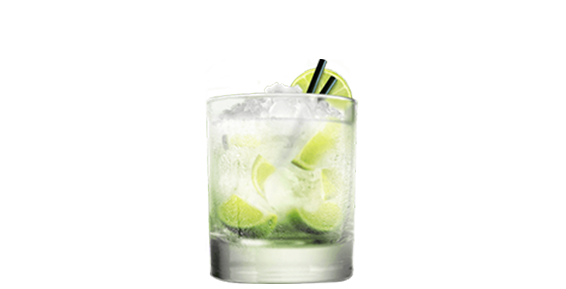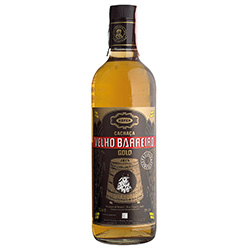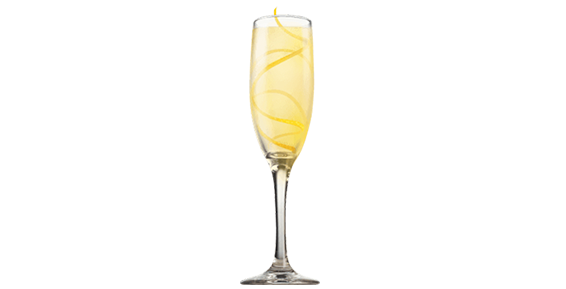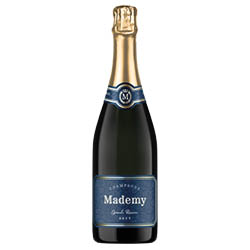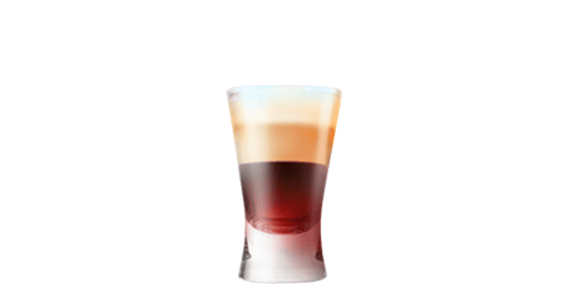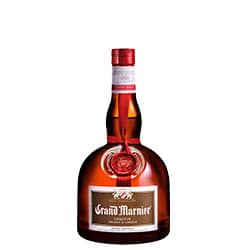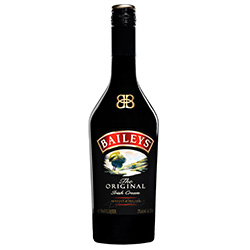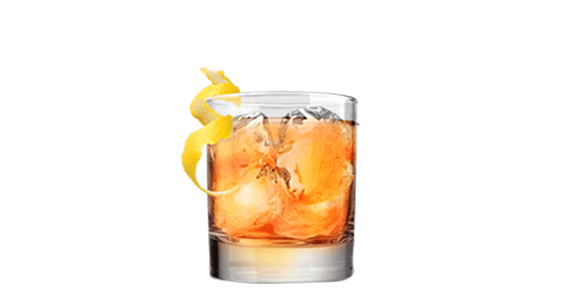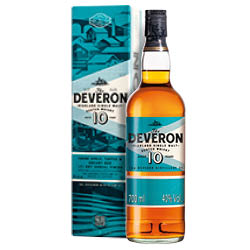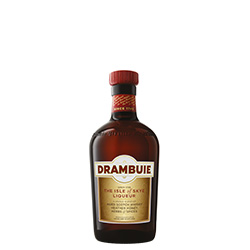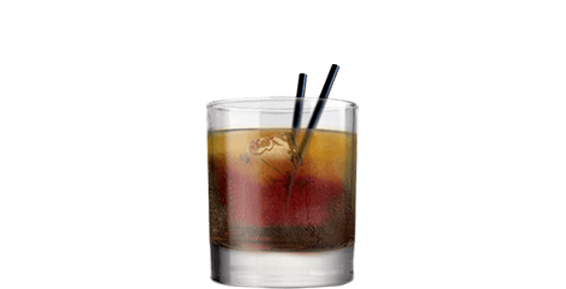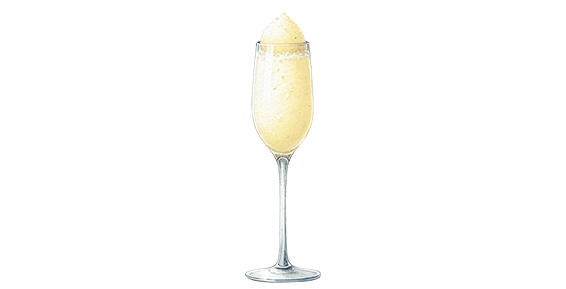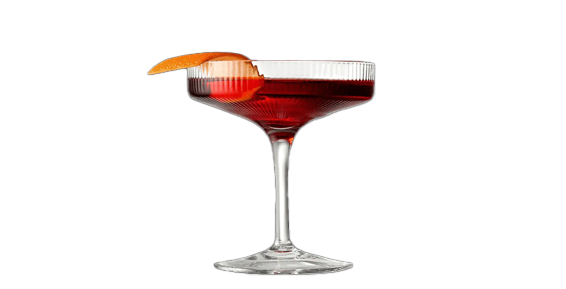Currency: € EUR
Ship to: Italy
Language:


Set your language, shipping and currency preferences
Product prices adjust automatically based on the tax regulations of the destination country. For additional details, please visit this link.
Deals
Quantity discount
Today's free gifts
Free shipping
By the case
Wines
Brand
- François Montand
- Cantine Ceci
- Tenuta Ulisse
- Bortolomiol
- Altemasi
- Lupo Meraviglia
- Cantine Fina
- Emile Leclère
- Léon Launois
- Marchesi Antinori
- Ca' dei Frati
- Adler von Klausen
- Albert Meyer
- Argiolas
- Arthur Metz
- Astoria
- Bailly Lapierre
- Banfi
- Barbalonga
- Barbanera
- Blumenfeld
- Bonconsey
- Borgo San Frediano
- Botter
- Ca' del Diavolo
- Campo al Faro
- Cantina di Santadi
- Casalforte
- Colterenzio
- Contadi Castaldi
- Cormòns
- Dal Moro
- Dolceriva
- Doppio Passo
- Fantini Farnese
- Frescobaldi
- Inessa
- Jacopo Biondi Santi
- Laurier
- Li Ciuri
- Los Guasos
- Lunae
- Mademy
- Maison Moillard
- Masseria Ficarigna
- Mionetto
- Nativ
- Niviana
- Notte Rossa
- Pian del Prete
- Piccini 1882
- Poggio Le Volpi
- Produttori del Barbaresco
- Ronco del Frassino
- Sabaudo
- San Marzano
- St. Michael Eppan
- Tenuta Sant'Antonio
- Terre Forti
- Valdo
- Villa da Filicaja
- More
Region
- Veneto
- Tuscany
- Sicily
- Apulia
- Abruzzo
- Alsace
- Andalucia
- Aosta Valley
- Aragon
- Baden
- Basilicata
- Bordeaux
- Breede River Valley
- Burgundy
- Calabria
- California
- Campania
- Castile and León
- Castilla-La Mancha
- Catalonia
- Central Valley
- Champagne
- Coastal Region
- Douro
- Emilia Romagna
- Friuli Venezia Giulia
- Jura
- Languedoc-Roussillon
- Lazio
- Liguria
- Loire
- Lombardy
- Marche
- Marlborough
- Mendoza
- Molise
- Mosel
- Murcia
- New South Wales
- Occitania
- Patagonia
- Piedmont
- Provence
- Rheingau
- Rhône Valley
- Rioja
- Sardinia
- South Australia
- South Tyrol
- Trentino
- Umbria
- Valencia
- Victoria
- Western Cape
- More
Grape
- Chardonnay
- Sangiovese
- Glera
- Pinot Noir
- Aglianico
- Arneis
- Barbera
- Cabernet Franc
- Cabernet Sauvignon
- Carignano
- Carménère
- Carricante
- Catarratto
- Cococciola
- Corvina
- Dolcetto
- Falanghina
- Fiano
- Friulano
- Gewürztraminer
- Grechetto
- Greco
- Grillo
- Inzolia
- Kerner
- Lagrein
- Lambrusco Grasparossa
- Lambrusco Maestri
- Malbec
- Mauzac
- Merlot
- Montepulciano
- Nebbiolo
- Negroamaro
- Nerello Mascalese
- Nero d'Avola
- Passerina
- Pecorino
- Pinot Blanc
- Pinot Gris
- Primitivo
- Ribolla Gialla
- Riesling
- Sagrantino
- Sauvignon Blanc
- Susumaniello
- Syrah
- Torbato
- Trebbiano
- Trebbiano di Lugana
- Verdicchio
- Vermentino
- Yellow Muscat
- Zibibbo
- More
Appellation
- Terre Siciliane
- Prosecco Superiore di Conegliano Valdobbiadene
- Franciacorta
- Trento
- Puglia
- Toscana
- Alto Adige
- Primitivo di Manduria
- Vin Mousseux de Qualité
- Sicilia
- Trentino
- Alsazia
- Alta Langa
- Amarone della Valpolicella
- Barbaresco
- Barbera d'Alba
- Barbera d'Asti
- Barolo
- Blanquette de Limoux
- Bolgheri
- Bordeaux
- Bourgogne
- Brunello di Montalcino
- Chablis
- Champagne
- Chianti
- Chianti Classico
- Colli di Luni
- Collio
- Costa Toscana
- Crémant d'Alsace
- Crémant de Bourgogne
- Côtes de Provence
- Delle Venezie
- Emilia
- Etna
- Friuli
- Friuli Colli Orientali
- Garda
- Irpinia
- Langhe
- Lazio
- Lugana
- Marche
- Montepulciano d'Abruzzo
- Nobile di Montepulciano
- Prosecco
- Roero
- Rosso di Montalcino
- Salento
- Sicilia DOC
- Terre di Chieti
- Trevenezie
- Umbria
- Valle Central
- Valpolicella Ripasso
- Veneto
- Venezia Giulia
- Vermentino di Sardegna
- Vigneti delle Dolomiti
- Vino Spumante di Qualità
- More
Spirits
Country
- Italy
- Scotland
- Japan
- France
- Barbados
- Belgium
- Brazil
- Colombia
- Costa Rica
- Croatia
- Dominican Republic
- England
- Finland
- Germany
- Greece
- Guatemala
- Guyana
- Haiti
- Hungary
- Ireland
- Jamaica
- Latvia
- Mauritius
- Mexico
- Montenegro
- Netherlands
- Nicaragua
- Norway
- Panama
- Peru
- Philippines
- Poland
- Puerto Rico
- Russia
- Slovenia
- South Africa
- Spain
- Sweden
- Trinidad and Tobago
- United States
- Venezuela
- More
Brand
- Bottega
- Ron Zacapa
- JRose
- Marzadro
- Suntory
- Nikka
- Diplomatico
- Roner
- Nardini
- Vecchio Magazzino Doganale
- White Oak
- 400 Conejos
- Aberfeldy
- Aberlour
- Aperol
- Ardbeg
- Baileys
- Belvedere
- Blumenfeld
- Bonaventura Maschio
- Bordiga
- Borsci
- Braulio
- Bulldog
- Bumbu
- Caffo
- Campari
- Campo al Faro
- Casamigos
- Castagner
- Château du Breuil
- Clément
- Don Papa
- Etsu
- Gin Mare
- Giori
- Hendrick's
- Jack Daniel's
- Jameson
- Kraken
- Lagavulin
- Lunae
- Malfy
- Mari Mayans
- Matusalem
- Nannoni
- Nonino
- Oban
- Peyrot
- Plantation
- Poli
- Segnana
- Silvio Carta
- St-Germain
- Talisker
- Tanqueray
- Tenjaku
- The Busker
- The Glenlivet
- The Kyoto Distillery
- Whitley Neill
- More
Region
- Veneto
- South Tyrol
- Trentino
- Lombardy
- Apulia
- Piedmont
- Tuscany
- Highland
- Islay
- Calabria
- Cognac
- Andalucia
- Anguilla
- Armagnac
- Campania
- Cape South Coast
- Catalonia
- Champagne
- Emilia Romagna
- Friuli Venezia Giulia
- Galicia
- Hokkaido
- Islands
- Isle of Mull
- Jalisco
- Juanico
- Kentucky
- Lazio
- Liguria
- Martinique
- Negros Island
- Normandy
- Sardinia
- Sicily
- Speyside
- Tennessee
- Texas
- Tottori
- Virgin Islands
- More
Appellation
- Scotch Whisky
- Ron de Guatemala
- Japanese Whisky
- Tequila
- Ron de Venezuela
- Irish Whiskey
- Rhum de la Martinique
- Bourbon Whiskey
- Tennessee Whiskey
- Hierbas Ibicencas
- Mezcal
- Bacanora
- Barbados Rum
- Bas Armagnac
- Brandy
- Brandy de Jerez
- Calvados
- Cognac
- Grappa Trentina
- Jamaica Rum
- Limone Costa d'Amalfi
- Limone di Sorrento
- Mauritius Rum
- Mirto di Sardegna
- Pisco del Perù
- Ron Colombiano
- Ron Dominicano
- More
Discover
Our icons
Catalogue
